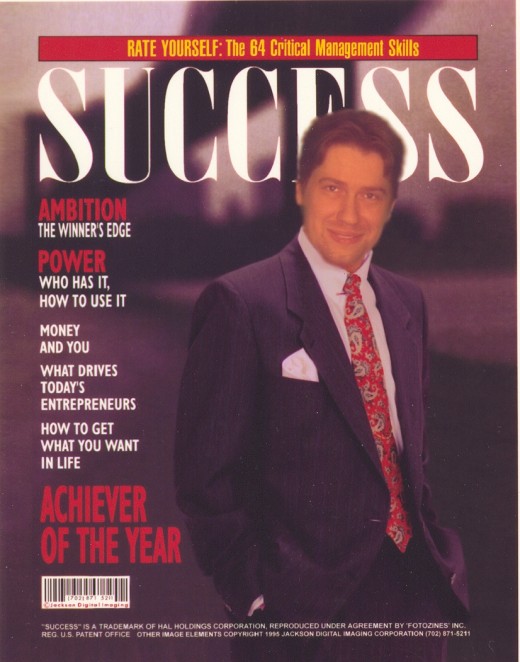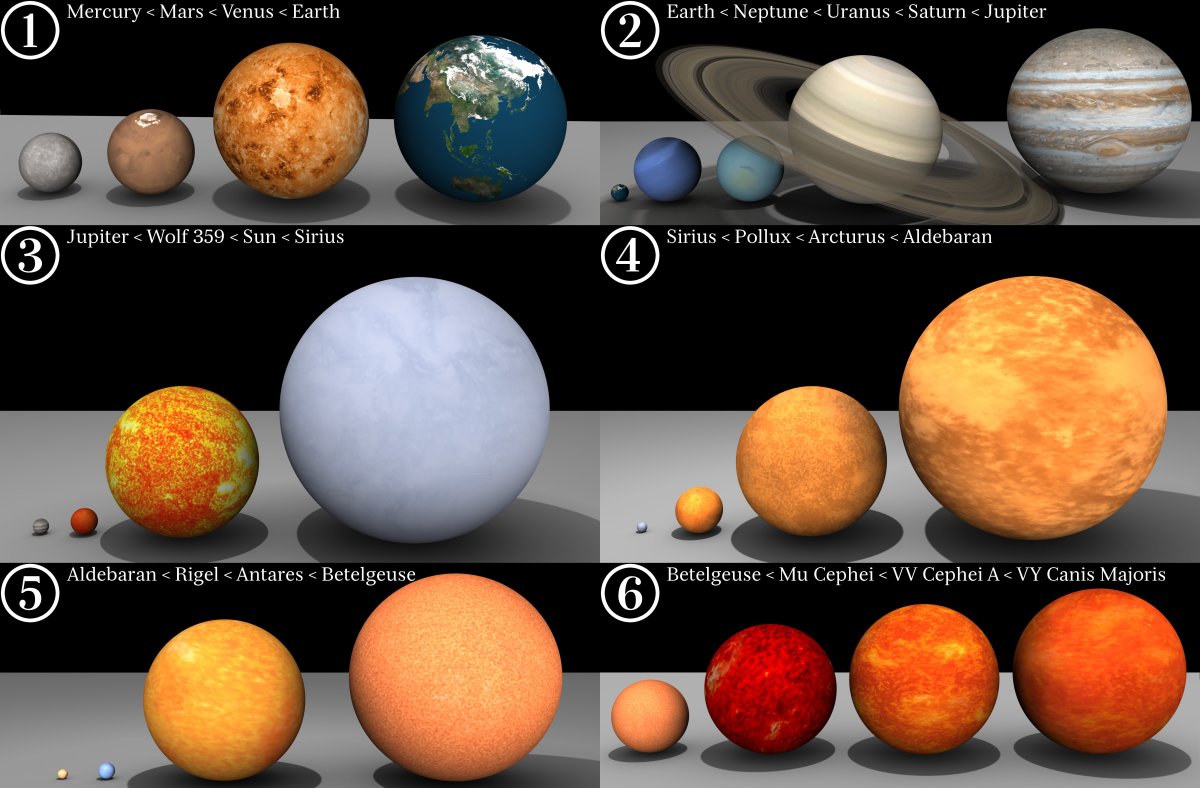Twelve Strategies to Rediscover Your Joy for Learning
Wonder all around
Children love to learn. They see the world as a magical place, filled with countless wonders to investigate with their full focus and attention. They want to understand everything. When they don’t know how or why something works, they ask until a satisfactory answer is offered. There are no limits to the curiosity and imagination a child brings to the task of comprehending their world.
It doesn’t stay that way, however.
For many, learning became something different as we grew older: an obligation, a chore, a burden, or even an anxiety. We were forced to be taught, paradoxically inhibiting our natural desire to learn. We all had teachers or subjects we didn’t enjoy. Homework interfered with play and tests induced stress. What was once a joy became something to hurry through or even avoid.
Learning also became competitive. Privileges were sometimes based on academic success. Bell curve grading scales meant a percentage of every class failed. If we learned at a faster pace than our peers, we were called gifted or exceptional. Conversely, if we learned more slowly we were placed in categories named “special” or “remedial.” These labels eventually defined what and how we learned, and the opportunity to eagerly absorb all we could was subtly altered. We were categorized, and what we learned was based in part on how others perceived us.
Eventually learning became something sold to us as a commodity. Our formal education continued if we could afford to go to college. If we could not then small colleges, technical or trade schools became an option. Our economic status affected what we learned. Learning was still competitive, but now money determined who was allowed in the game.
As we entered the work force, we learned a skill or trade to earn a living. This meant learning what someone else needed us to know for their business to operate successfully. What and how much we learned enabled us to compete with fellow employees for raises and promotions—a process which correlated directly with our ability and willingness to learn.
The faces of learning





It isn't too late
Despite a system that robbed learning of its joy and spontaneity, our sense of wonder doesn’t have to remain missing in action. We can recapture our ability to learn for its own sake. Following these strategies to view learning in a different way can make it enjoyable again.
1. Listen. If we learn to listen first, everything else becomes easier. Adults lose their listening skills through inactivity. Abandon the urge to win arguments; stop the internal dialogue that is formulating your next comment while someone else is speaking; if we truly focus on what another person is saying—our ability to learn has just improved immeasurably.
2. Become curious again. When we were young, curiosity was coupled with imagination and made everything magical. We were eager to try things, and we can regain that quality if we wish to. “Bucket lists” are an acknowledgement that life is rife with mysteries to be discovered, regardless of our age or station. The magic of childhood might eventually be abandoned to adult responsibilities, but our natural interest in life does not need to wane as we grow older.
3. Allow momentum to help you learn. Children race from one occurrence to the next, using their full focus to absorb and make sense of their experiences. They learn in chunks and piece bits of information together to achieve breakthroughs. Crawling eventually leads to walking, and sounds finally become words. Comprehending words leads to reading and writing. The more we learn, the more we see how things interrelate, leading to new breakthroughs.
4. Make learning fun. Learning was fun until we were told that it was hard work. When learning became a serious task with a twelve year obligation, it became less enjoyable. One way to recapture the joy of learning is to link it to things we already find enjoyable. If we build upon interests we already have, we will touch upon new subjects that capture our imagination.
5. Make time for learning. Children spend most of their time in learning. Adults must devote their attention to satisfying basic needs (usually through work), but it is still possible to listen to books on CD while driving to work or cooking dinner. Give up an hour of television to read. Take a class through a university or adult education. Join a club.
6. Read something (anything!). It was estimated that someone who reads ten pages a day (of anything) reads more than 90% of the people in the United States. American culture is fixated on television or videos. Read a book or newspaper for a half hour each day and discover what nine out of every ten people are missing.
7. Ask for help. It is a natural instinct to be helpful. When someone asks for our help or advice, doesn’t it make us feel good? It demonstrates we trust and respect others when we ask them for help and when we do this, we will usually learn everything we wanted to know—and more.
8. Learn from everyone. Life’s lessons come from everywhere. The young remind us how to live with trust and acceptance. The elderly model how to enjoy the moment. Successful people demonstrate the courage to take chances and risk failure. The sick and infirm teach us dignity. If we allow ourselves to learn from everyone, we place no limits on what we might learn.
9. Link learning to success. Kobe Bryant and LeBron James are considered two of the best basketball players in the world today. What do they have in common? They both have a coach. They make learning an aspect of their success, even though they are already the best at what they do. No matter what our knowledge and skills might be, someone else will have an insight or experience that can enhance them. Remember that self-improvement is vital to any successful endeavor.
10. Discover your learning style. Do you learn through instruction? This is the style most utilized by public schools. Perhaps you learn by visualization. Artists and creators are often most successful learning through example. Athletes learn through repetition, practicing until an action becomes second nature. It is important to know how we learn to make the process easier. If we can combine multiple learning styles, it becomes even easier.
11. Participate. Get involved with life and learn by doing. There is a huge difference between reading about skydiving and jumping from an airplane. Whatever our passions and interests might be, we limit ourselves if we learn in a passive way. Books or instruction is not enough. We must use what we have learned.
12. View learning as a lifelong process. We are never done learning. Each day offers new experiences and challenges. Each moment provides information. If we always seek opportunities to learn, we will never fail to find them and will never stop learning.
Regain the magic
It is easy for us to become consumed by our daily routines, doing the same things tomorrow we did yesterday and today. We unwittingly eliminate opportunities for learning by performing the same tasks in the same way, perpetuating an endless cycle that prohibits new experiences and opportunities. When this happens, we stagnate. The joy of learning has been lost through inertia. That joy might be replaced with boredom or melancholy.
It has been said that nature abhors a vacuum. When life becomes stagnant, we feel restless and bored. We are dissatisfied. Our need to learn is as real as any biological need and must be fulfilled. Learning adds value to our lives and is one of the greatest gifts we can offer ourselves. It improves our quality of life and provides meaning. We enrich our existence through the opening of new doors. We regain the magic we thought we had lost forever.
C’mon, turn off the television and grab a book.

Read more hubs about self-improvement and education
- How to Fight Boredom: Five Strategies
The world is eaten up by boredom.... You cant see it all at once. It is like dust. You go about and never notice, you breathe it in; you eat and drink it. It is sifted so fine, it doesnt even grit on... - How to Listen Well to Others
I have known people to say things about me that are quite flattering. I have been graciously been referred to as intelligent, sensitive, or creative. (I confess Ive been called less flattering things,... - Twelve Things that can Disrupt Your Sleep
America has become a 24 hour society, and we are paying the price for the luxury of grocery shopping at 3:00 AM and working around the clock. The problem is so profound there are concerns that... - How to Save Money (A Few Cents at a Time)
Many families in America and around the world have been forced to survive with fewer financial resources than they previously enjoyed. Although experts proclaim the economy is improving, many are still... - Recognizing and Combating Isolation
Years ago a television commercial showed us a small child asking his father what he made per hour in wages at his job. When the father asked why his son wanted to know, the boy told him he wanted to buy an... - How to Quickly Get People to Like You
Many people are naturally engaging and friendly. They are first to introduce themselves in a crowded room and are eager to turn acquaintances into friends. Their friendliness is usually reciprocated,... - How to Project Self-Confidence
Some people just have it made. They are voted most likely to succeed in school. They receive job offers in their field right after graduation from college and climb the corporate ladder with... - Time Management Skills: Don't Waste Time for Others
Everyone knows people who always show up fifteen minutes latefor everything. When they arrive, they wave their arms with a flourish and either quickly apologize or make a joke of their lack of... - The Lure of Suicide: A Crisis Intervention
In the United States, someone takes their own life every 17 minutes. There are approximately 750,000 suicide attempts each year, and it is estimated that more than five million living Americans have... - Functions of Effective Leadership
For the purpose of clarity, the word group shall be used in this article to represent any collection of individuals gathered for a shared purpose. From an early age in human development, people... - How to Shop for Textbooks in Your College Bookstore
It should be simple to buy textbooks for college classes, right? The instructor distributes or posts a syllabus; you head to the college bookstore on your campus and buy the books from your list. ...











